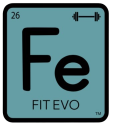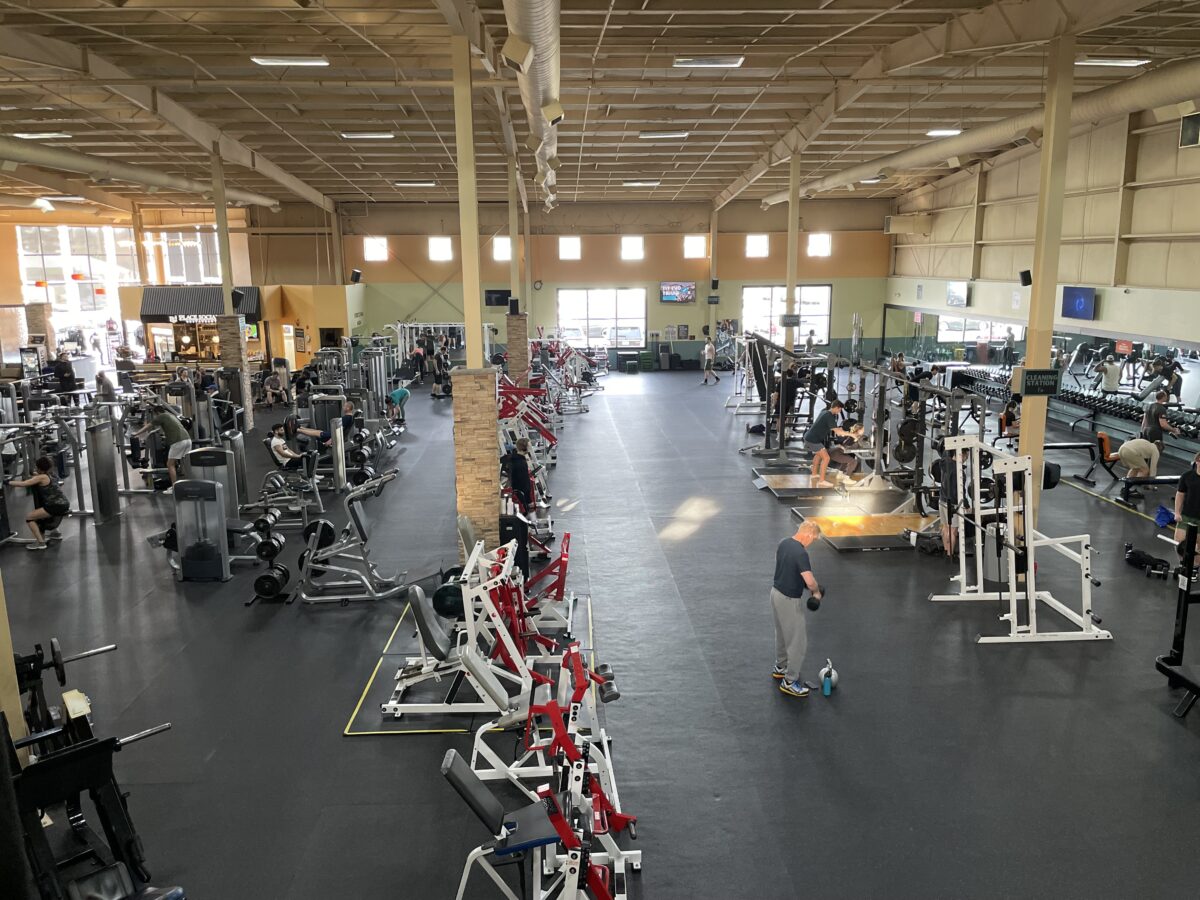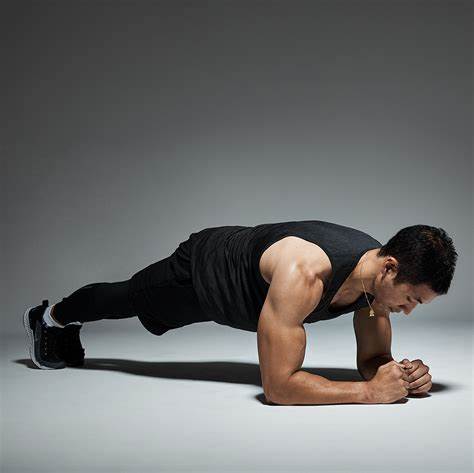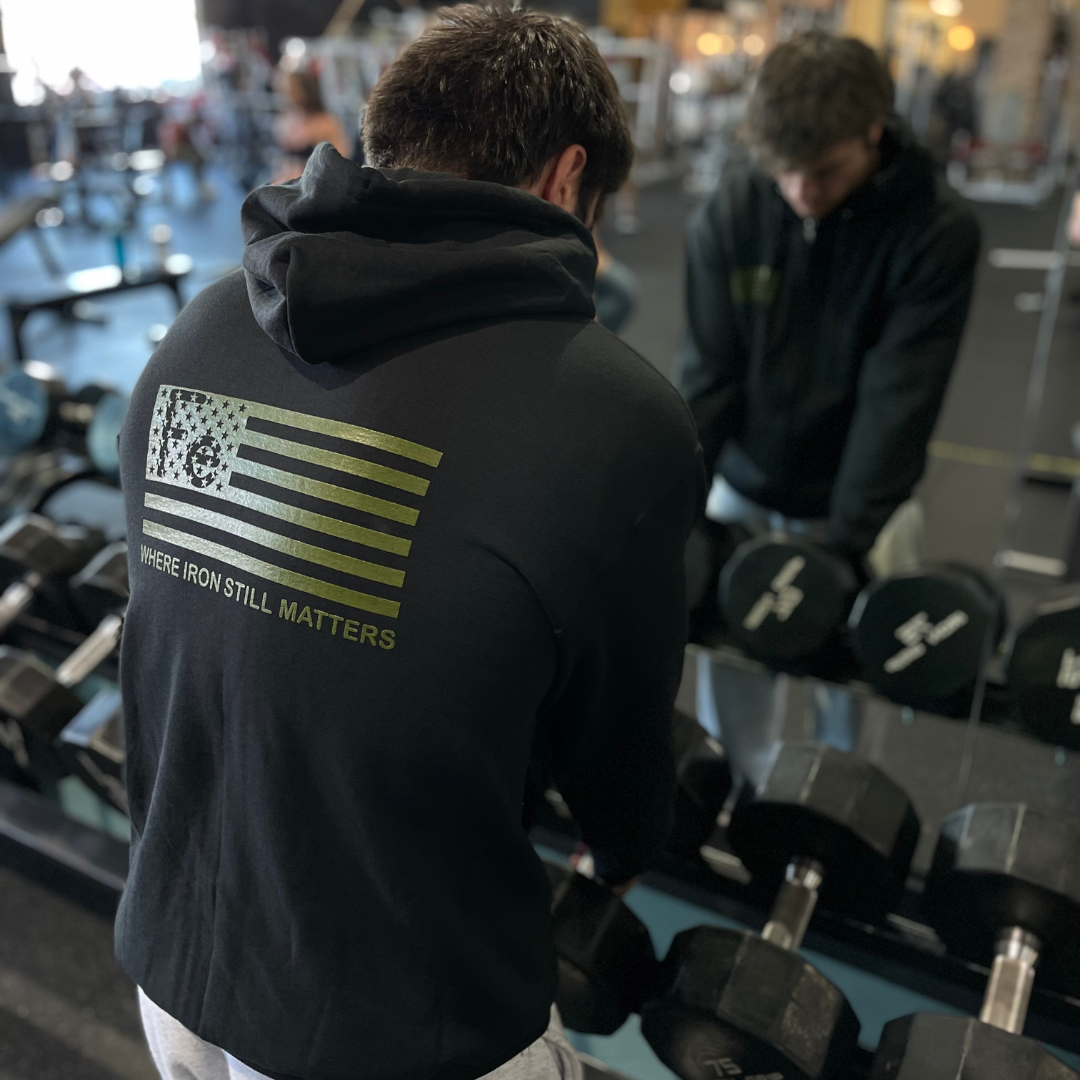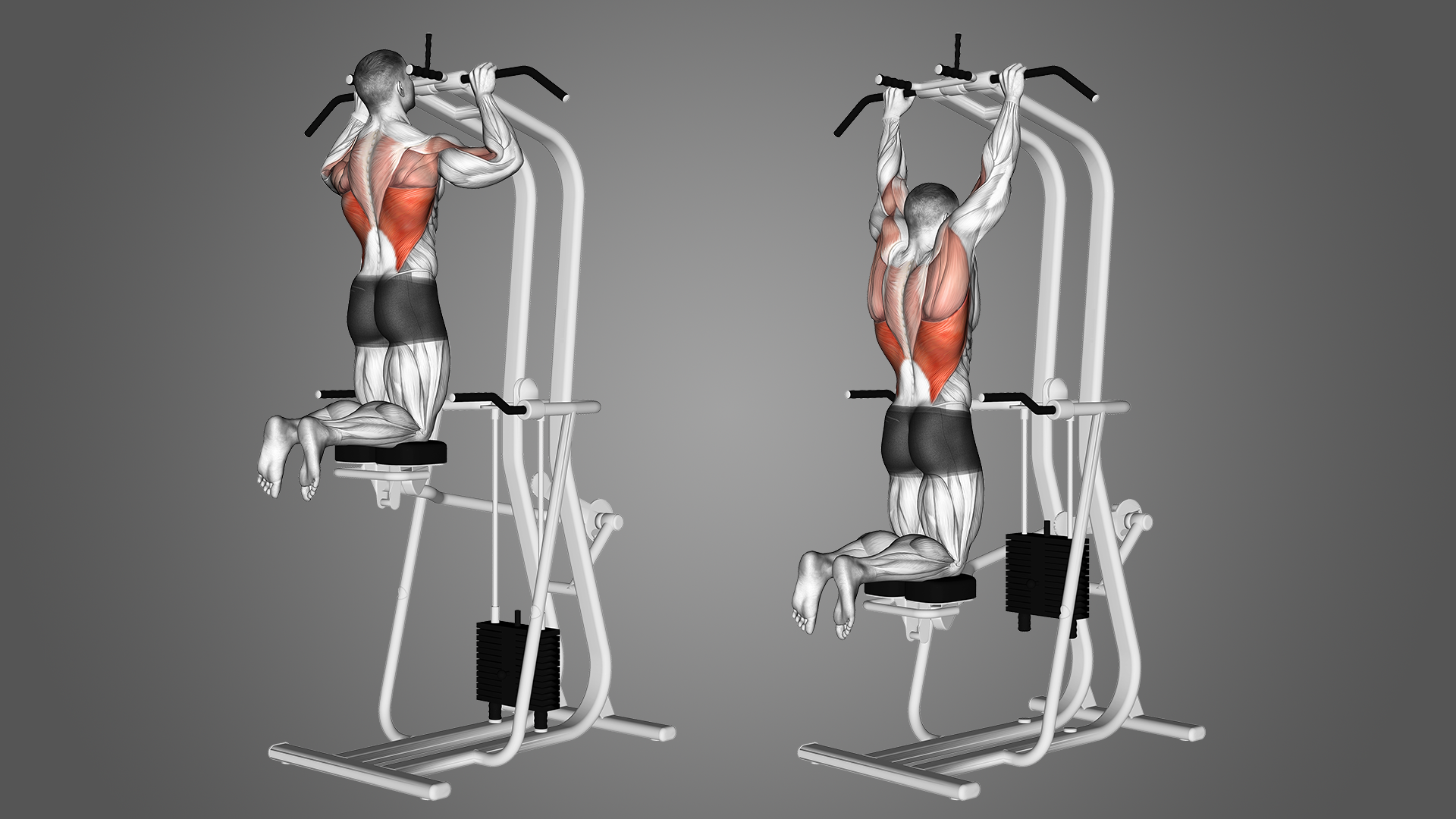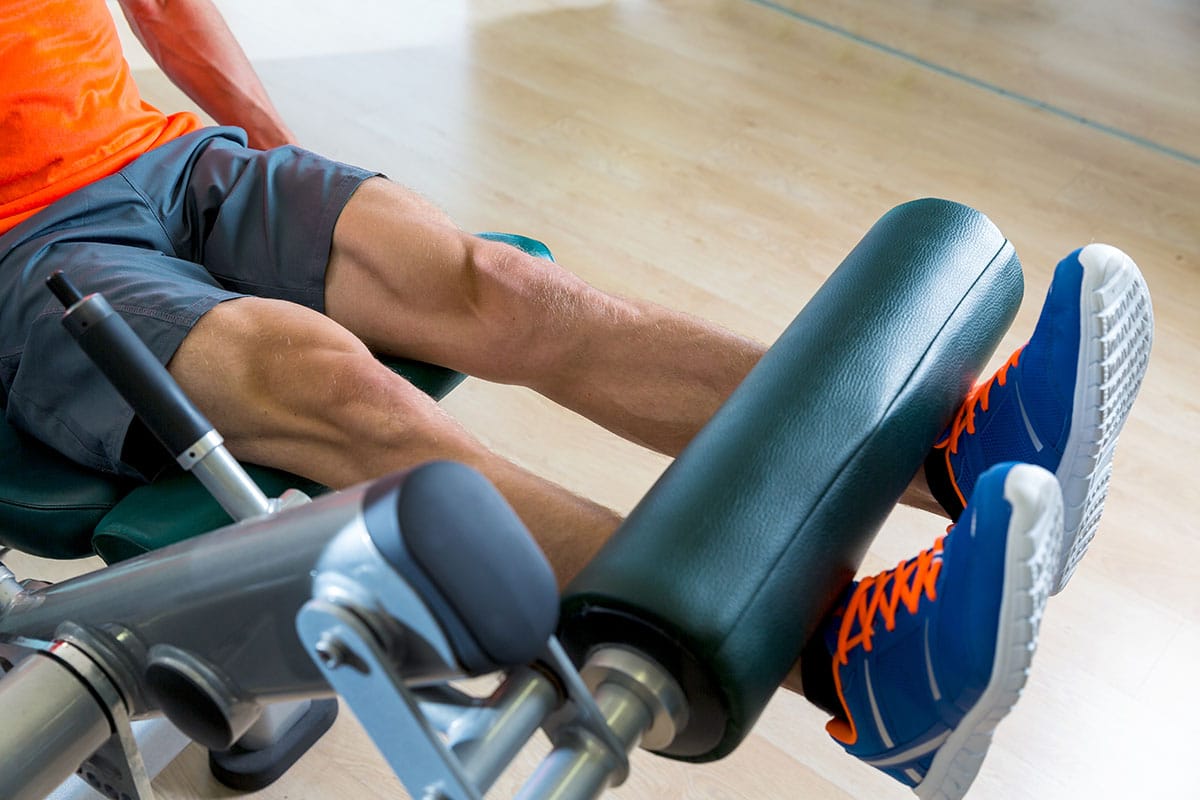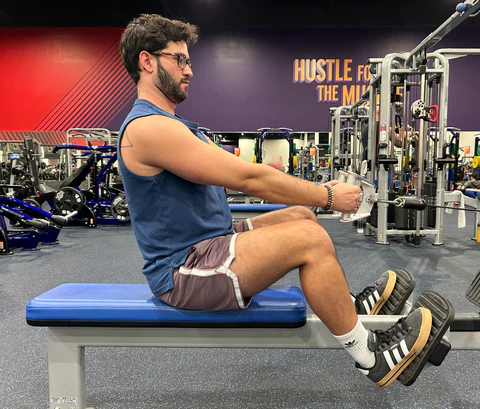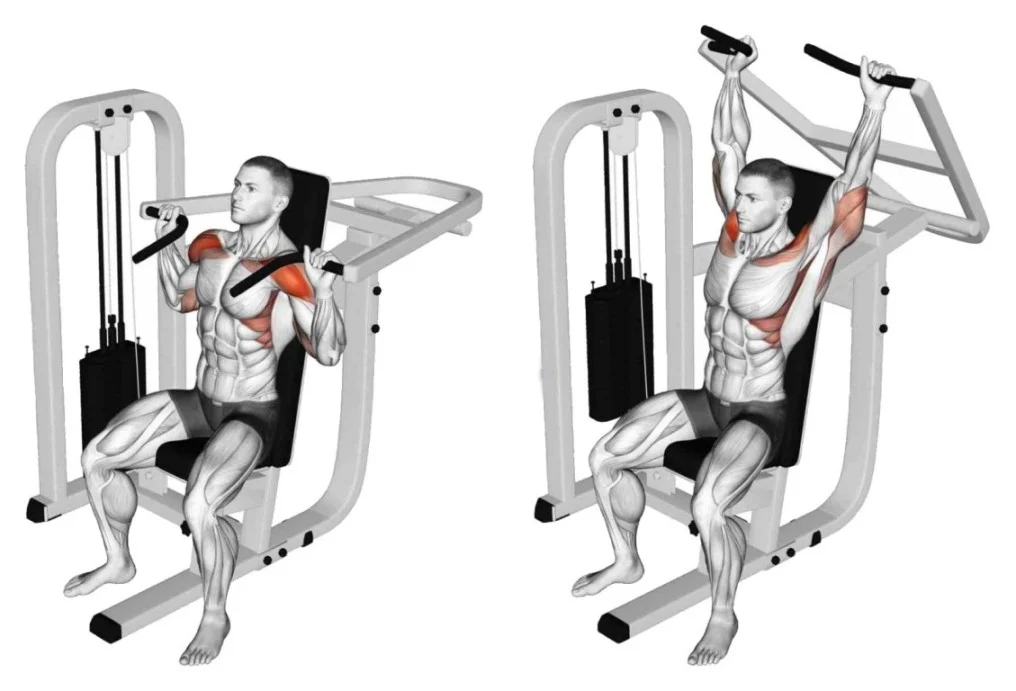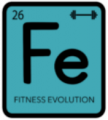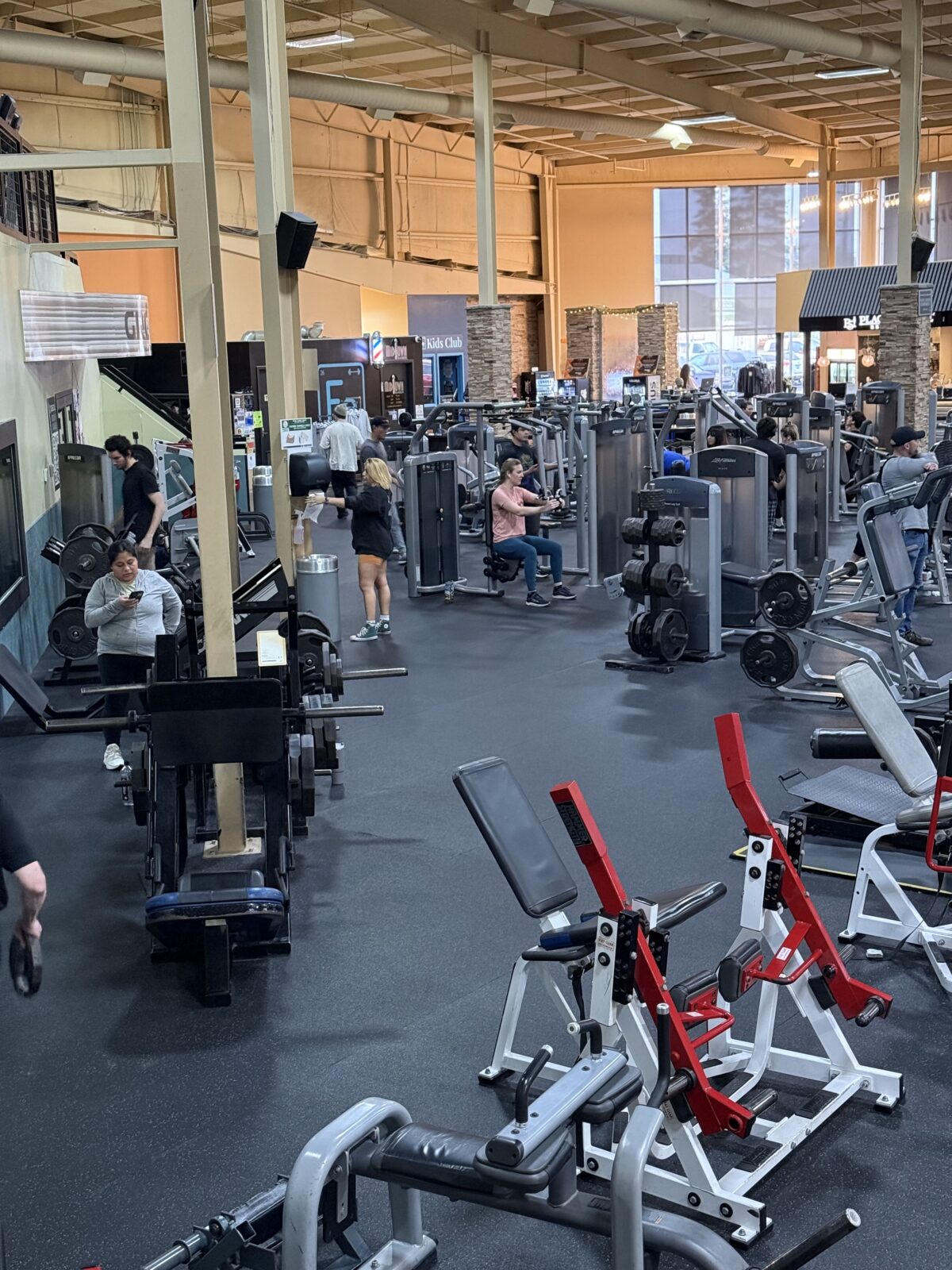
If you’ve ever wondered whether working out inside is really worth it, we’ve got great news for you. An indoor gym isn’t just a backup plan for rainy days—it’s a game-changer for your fitness routine. Whether you’re lifting weights, running on a treadmill, or flowing through a yoga class, training indoors can help you reach your health goals in ways that are safe, convenient, and super effective.
And just a friendly heads-up: we’re not doctors, so always check with a medical professional before starting a new workout routine.
Why Choose an Indoor Gym?
Here’s why hitting the indoor gym might be the best move for your fitness game:
- All-Weather Access: Rain, snow, heat waves—it doesn’t matter. Your indoor gym is always open, no matter what’s happening outside.
- More Equipment Options: From treadmills to squat racks to rowing machines, gyms are full of tools that help you mix things up and stay motivated.
- Climate Control: No sweating through a heatwave or freezing in winter. You get a comfy, controlled environment to work out in.
- Professional Guidance: Many gyms offer personal training, fitness classes, and wellness support.
Structured Setting: Sometimes it’s just easier to focus and follow through in a dedicated fitness space.
What Can You Do at an Indoor Gym?
There’s no one way to train at an indoor gym. Here are just a few things you can do:
- Weight Lifting: Whether you’re a beginner or experienced, indoor gyms offer dumbbells, barbells, resistance machines, and more.
- Cardio Workouts: Hop on a treadmill, stationary bike, or elliptical for a solid heart-pumping session.
- Group Fitness Classes: Think Zumba, yoga, spin, or HIIT—there’s something for everyone.
- Bodyweight Training: Mats, pull-up bars, and open floors make it easy to train using just your body.
- Stretching & Mobility Work: Don’t skip the stretch zone! It’s key for long-term movement health.
Swimming Pools or Courts: Some larger gyms even offer pools, basketball courts, or turf areas for variety.
Advantages of Working Out Indoors
- Safety: You’re not dealing with uneven terrain, traffic, or poor lighting.
- Motivation Boost: Being around others can help keep you on track.
- Schedule Friendly: Early bird or night owl, many gyms have hours that match your lifestyle.
- Cleanliness and Hygiene: Modern gyms take cleanliness seriously, with regular equipment cleaning and sanitization.
- Injury Prevention: Proper flooring and padded equipment make injuries less likely.
- Music and Energy: The vibes in a gym can seriously lift your mood.
Indoor Gym vs. Home Gym
Feature | Indoor Gym | Home Gym |
Equipment Variety | High | Limited (unless you invest big) |
Social Setting | Yes | No |
Cost | Monthly Fee | Upfront Cost |
Space Needed | None | Requires Space |
Motivation | Higher (peer energy) | Can Be Lower |
Class Access | Yes | Rarely |
Professional Support | On-site | YouTube or apps only |
Mental Health Benefits of an Indoor Gym
Let’s not forget about your brain. Here’s how indoor gyms help you feel better mentally:
- Mood Boost: Exercise releases feel-good chemicals like endorphins.
- Routine Builder: Having a consistent schedule can bring structure and peace of mind.
- Stress Relief: Moving your body is one of the best ways to manage stress.
- Social Interaction: Even a smile or high-five can go a long way.
Confidence Kick: Seeing progress in the mirror or on the weight rack boosts your self-esteem.
Gym Etiquette Tips for Beginners
New to the gym? No worries. These tips will help you feel right at home:
- Wipe Down Equipment: Keep it clean for the next person.
- Give Space: Don’t crowd someone mid-set.
- Return Equipment: Rerack weights and put gear back where it belongs.
- Be Friendly: You don’t have to make small talk, but a smile helps.
Ask, Don’t Assume: Not sure how something works? Ask a trainer or staff member.
Indoor Gym Workouts You Can Try
Need inspiration? Try building your routine with these ideas:
- Full-Body Strength Routine:
- Leg Press
- Lat Pulldown
- Chest Press Machine
- Plank (hold for 30-60 seconds)
- Dumbbell Shoulder Press
- 30-Minute Cardio Blast:
- 10 min treadmill run/walk
- 10 min stationary bike
- 10 min elliptical
- Core & Flexibility Session:
- Bicycle crunches (3 sets of 15)
- Russian twists (3 sets of 20)
- Toe touches (3 sets of 15)
- 10-minute yoga stretch session
- Class Combo (If Available):
- 45-min HIIT class or spin class
- End with 5-10 min stretching
How to Choose the Right Indoor Gym for You
All gyms aren’t created equal. Here’s what to look for:
- Location: Is it close to work or home?
- Hours: Do they match your schedule?
- Cleanliness: Are staff cleaning regularly?
- Equipment Variety: Do they have what you need?
- Classes and Perks: Yoga? Sauna? Childcare?
- Trial Options: Can you try it before committing?
- Set Goals: Whether it’s strength, weight loss, or just moving daily.
- Track Progress: Seeing how far you’ve come keeps you fired up.
- Buddy Up: Having a gym friend makes it more fun.
- Keep It Fresh: Change up routines to avoid burnout.
- Learn a few machines at a time.
- Celebrate your small wins.
Focus on your journey—not anyone else’s.
What is an indoor gym?
An indoor gym is a dedicated space inside a building where people can work out using equipment like treadmills, weights, and machines.
Is it cheaper to get a home gym?
A home gym can save money long-term, but setting one up can be expensive upfront.
Can a home gym replace a gym?
For some people, yes—but indoor gyms often offer more variety, support, and motivation.
How much does the barbell weigh at Pure Gym?
At Pure Gym, the standard Olympic barbell typically weighs 20 kilograms (about 44 pounds).
There’s no right way to work out, but showing up is half the battle. An indoor gym gives you all the tools, support, and space to grow stronger, feel better, and build a habit that sticks. Whether you go twice a week or every day, it’s your time—and it’s worth it.
So grab your gym bag, lace up those sneakers, and let the good vibes roll. You’ve got goals to crush, and your indoor gym is here to help you do it, one rep at a time.
Let’s go!
